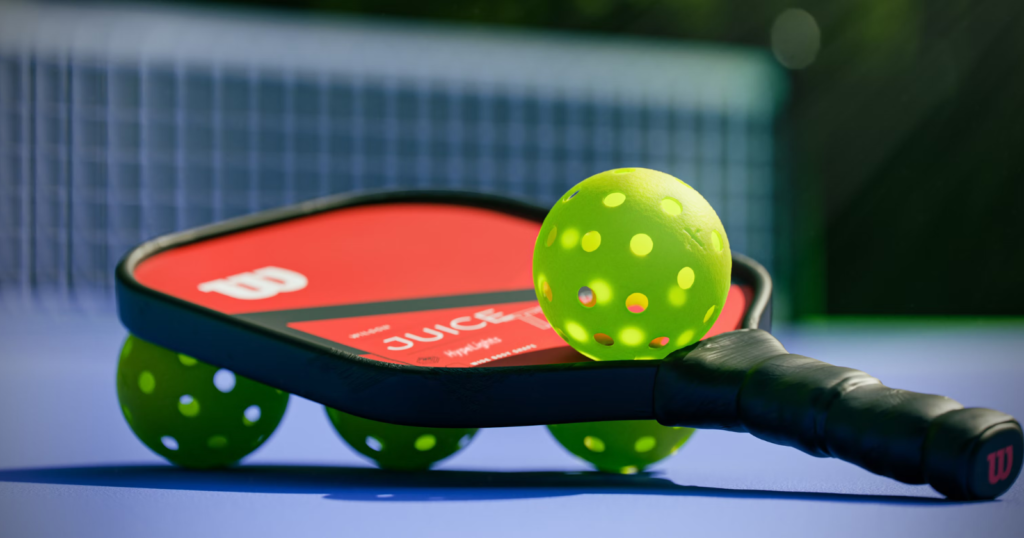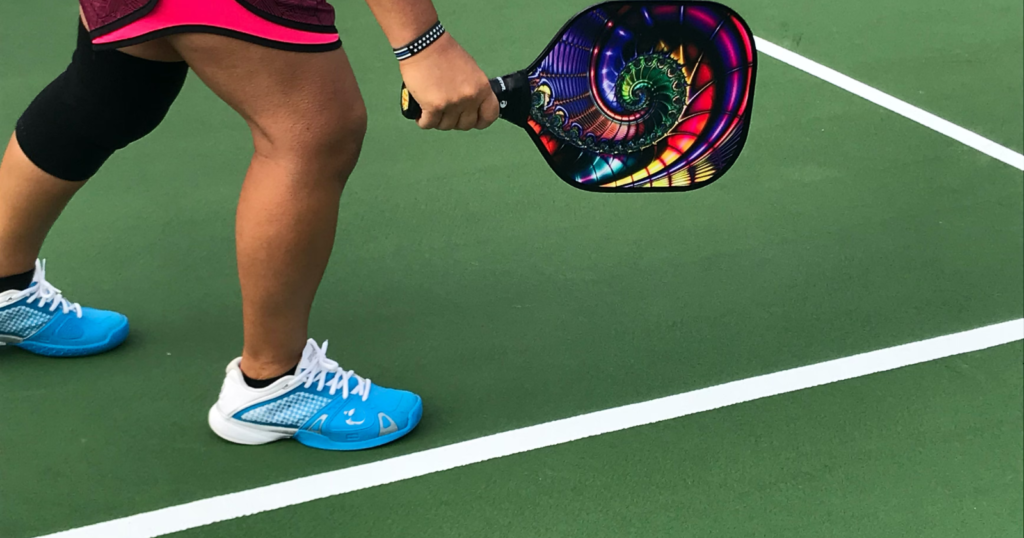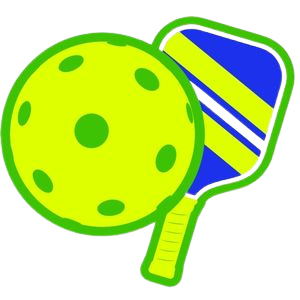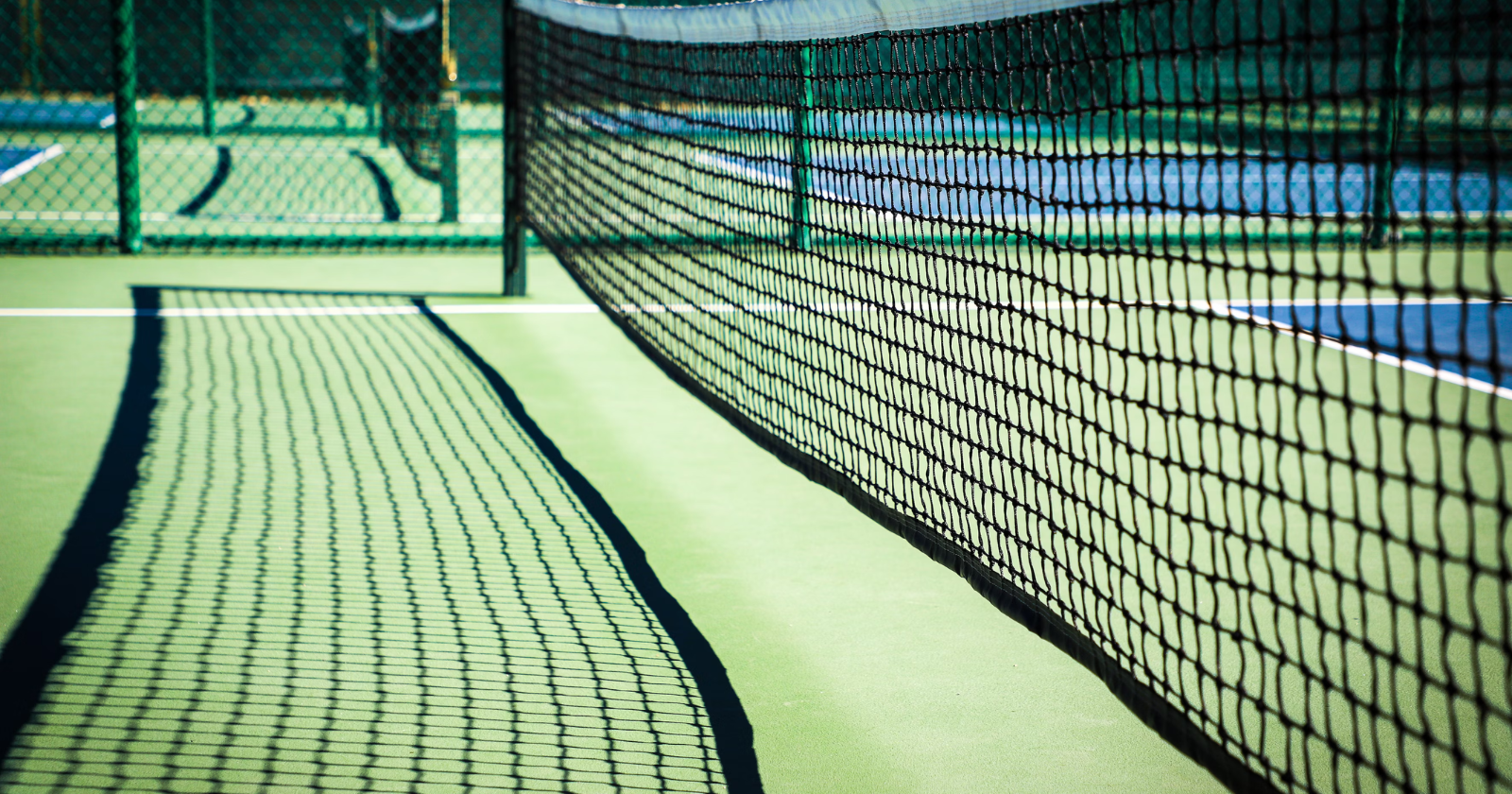Have you ever wondered how to make the most out of open play for pickleball? The struggle of chaotic open play sessions, court hogging, and lack of organization is a real issue.
As an avid pickleball enthusiast, I’ve navigated the open play waters and have some insights to share. My recommendations are from my experience as a teacher in the classroom and on the pickleball court. I believe in the power of knowledge and its ability to change lives. Whether you’re brand new to the game or have been at it awhile, I’m sure you will find this guide helpful.
Remember, pickleball is as much about the community as it is about the game. Together, let’s dive into the world of open play for pickleball.
Understanding Open Play For Pickleball
Open play for pickleball is a designated timeslot when pickleball courts are open for all, without the need for prior scheduling. It’s a fantastic way to connect with the local pickleball community, play with different partners, and improve your game.
The Etiquette of Open Play
Every pickleball enthusiast knows that understanding and following court etiquette is crucial for a smooth open play for pickleball experience.
Communication is Key
Open play brings together players of varying skill levels. It’s essential to discuss and set expectations before starting a game. While it’s great to challenge yourself, remember to be considerate of others, especially newcomers.
Focus on Skill Development
Open play is an excellent opportunity to work on specific shots or strategies. Depending on the players you’re paired with, you can practice different aspects of your game, ensuring you grow as a player.
Embrace Sportsmanship
Pickleball is a social sport. Prioritize good sportsmanship, be kind, and remember everyone is there to have fun and learn.
Addressing The Crowded Court Challenge
One of the common challenges of open play is managing limited court space, especially in areas where pickleball is growing in popularity.
Stick to the Rules
Before introducing new systems, familiarize yourself with the existing rules and rotation methods of your local courts.

Paddle Management Systems in Open Play For Pickleball
In open play for pickleball, how can you figure out when it’s your turn to play? For a better idea, let’s dive deep into the different paddle management systems. These paddle systems are methods used to organize and determine the order of play.
Paddles Down
This is one of the most traditional and straightforward methods used in pickleball open play.
How it Works
- Players place their paddles down next to the net of the court they wish to play on.
- As more players arrive and want to join the queue, they stack their paddles next to the existing ones.
- The order of the paddles determines the sequence of play. The first paddle (or pair of paddles for doubles) indicates the next player(s) up.
Visualize
Imagine a line of paddles laid horizontally next to the net, each representing a player or team waiting for their turn.
Paddle Rack
An evolution of the “Paddles Down” method, the paddle rack system is more organized and prevents paddles from cluttering the court area.
How it Works
- Courts or facilities install a rack, often near the court entrance, where players can slot in their paddles.
- Players place their paddle in the next available slot, indicating they’re waiting for a turn.
- As courts become available, paddles are selected in order from left to right or top to bottom, depending on the rack’s design.
Visualize
Think of a vertical or horizontal rack with designated slots. Each slot holds a paddle, and the sequence of the slots determines the order of play.
Whiteboard and Dry-Erase Marker
A more administrative approach, this system uses a whiteboard to list players waiting for their turn.
How it Works
- A whiteboard is placed near the courts, along with a dry-erase marker.
- Players write their names on the board in the order they arrive.
- As courts open up, the next name or set of names on the list gets to play. After playing, players erase their names from the board.
Visualize
Picture a classroom whiteboard with a list of names. Each name represents a player or team, and the sequence of names determines who plays next.
Introducing Competitive Elements
For those seeking a bit of competition, consider introducing a “winners stay” approach, where the winning team gets to play another game. However, to ensure fairness, consider setting a limit to consecutive wins.
How To Address A Controlling Player In Open Play For Pickleball?
Navigating the dynamics of open play for pickleball can sometimes present challenges, especially when encountering a controlling player. A controlling player might dominate the court, dictate the pace of the game, or even try to influence the order of play.
We’ve all encountered someone like this. While their enthusiasm for the game might be commendable, ensuring that everyone gets a fair and enjoyable experience during open play sessions is essential.
If you find yourself in a situation with a controlling player during open play for pickleball, it’s crucial to approach the matter with tact and understanding. Start by opening a line of communication and expressing your concerns in a non-confrontational manner.
Remember, pickleball is as much about community and camaraderie as it is about the game. Encourage a spirit of inclusivity and mutual respect.

FAQ Section: Open Play For Pickleball
Navigating the world of open play for pickleball can raise several questions, especially for those new to the game or the format. Here, we’ve compiled some of the most frequently asked questions to help clarify and enhance your open play experience.
What is the primary purpose of open play in pickleball?
Open play for pickleball is designed to offer players a flexible and inclusive environment to enjoy the game without the need for scheduled matches. It allows players to mingle, learn from one another, and play with different partners, fostering a sense of community and camaraderie.
How do I handle situations with more players than available courts during open play?
In situations where player demand exceeds available courts, it’s essential to follow the paddle management system in place, whether it’s “Paddles Down,” using a “Paddle Rack,” or signing up on a “Whiteboard.” Patience and sportsmanship are key, ensuring everyone gets a fair chance to play.
Can I choose my partner during open play sessions?
While open play for pickleball is generally a mix-and-match format, players often have the flexibility to pair up with preferred partners. However, it’s encouraged to occasionally switch things up, allowing everyone to play with different partners and learn from varied playing styles.
Conclusion
Open play for pickleball is more than just a game format; it’s a celebration of community, learning, and the joy of the sport. Open play offers a unique opportunity to connect, challenge yourself, and enjoy the dynamic nature of pickleball.
As with any community activity, understanding, patience, and respect are key. By embracing the principles of open play, fostering communication, and promoting inclusivity, we can ensure that every session is not just a series of games but a memorable experience.
So, the next time you step onto the court, remember the essence of open play and the shared passion that brings us all together. Here’s to many fun-filled, fair, and fantastic games ahead!

